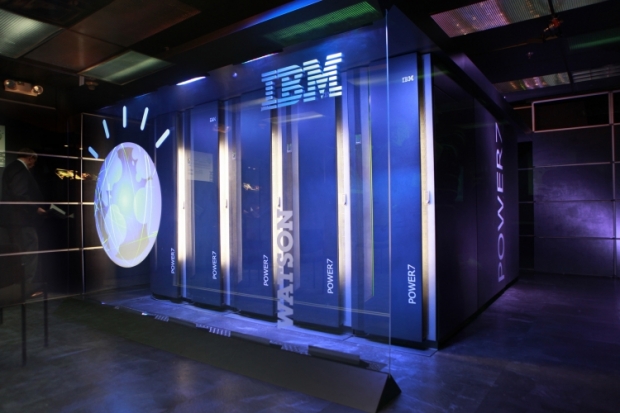Norishige Morimoto, vice president for research and development at IBM Japan said that the company was working with research partners on various connected devices, including sensors attached to the floor, chair or bed of patients, to help detect diseases at an early stage.
He told Tech Asia “Chronic diseases like dementia are irreversible, so the only way to stop is to slow down the progress of the disease. Because of the slow progression, those signs are exceedingly difficult to connect unless constantly monitored.”
Precise detection will need the help of pre-trained AI to interpret the data gathered from the sensors, such as the abnormal trembling of the patient’s limbs, which is a symptom of certain diseases. Some of the chronic illnesses being investigated by IBM include diabetes, Alzheimer’s, dementia and Parkinson’s.
IBM has sharpened its focus on studying the world’s aging population, especially those burdened with chronic diseases, Morimoto said.
While most of the technologies IBM is using for its research on chronic diseases are still in the development stage, the US company is borrowing from some real-world applications in the medical field. A wearable vest with metallic string woven into it for detection of muscle movement, for example, has been developed by IBM and Japanese smart fibre manufacturer Mitsufuji. to detect the risk of heatstrokes for workers. That device is now being adapted to help detect symptoms of other diseases.
IBM, which is pursuing initiatives in the medical field with its Watson suite of AI services, applications, and tools, is not the only major high-tech firm working on using AI technologies in health care.
To unleash the potential of the AI for wider use, the technology should move from the current stage of “narrow AI,” in which the technology is designed to solve one problem at a time, to the next phase of “broad AI” which provides the ability to understand, learn and solve multiple tasks in various disciplines, similar to what human beings can do, according to IBM’s Morimoto.
The ability to feed quality data to the machine would be key to move to the next era, Morimoto said. “The important thing is how do you judge what is high-quality data he said. “If you have the wrong data mix, you will have a terrible AI.”




